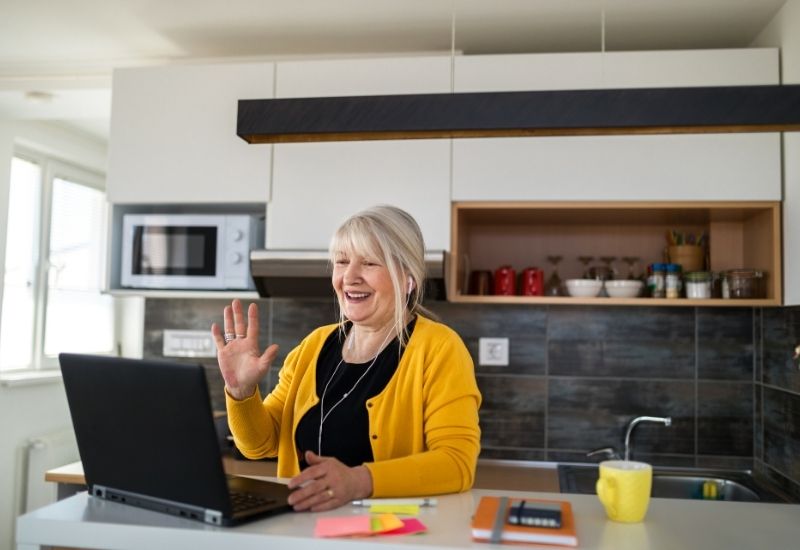Usually, therapists are outside of any issues that their client is bringing, but with the pandemic we have all been immersed in it together. In order to really support and create security for our clients we have needed to really deepen our self-care. This means everything from getting proper sleep, food, exercise et cetera, to creating additional emotional support structures with colleagues and supervisors. We are practising what we preach, that self-care is more important than anything else and is the cornerstone to quality of life and to being able to make your contribution in the world.
It is really important to remember that we are essentially in a war zone without bombs and in a liminal space between what was and what will be in the new normal which emerges after the pandemic, after Brexit, in the context of climate change. These are huge challenges that we face collectively and they affect us physically, mentally and emotionally, financially and in the every-day pattern of our lives. People are referring to this time as being in a waiting room that is the shape of your own home.
We have needed to help our clients quickly transfer to online or telephone therapy, exchanging the warmth and comfort of a familiar room and warm physical presence, for the rectangle of a screen or the narrow channel of a phone line. This has been a massive challenge for many clients, some who have chosen to wait to return to face-to-face work rather than transfer to online or phone meetings.
Therapists are not always the most tech-savvy people, our main strengths being in the softer people skills, so it has been a steep learning curve for many of us to master the online platforms of Zoom, Skype or FaceTime. We’ve all had to equip ourselves with good laptops, tablets, headphones, comfortable and clear lighting, a strong broadband connection. We’ve often had to lead our clients to acquire the right equipment and apps and learn these skills too before therapy could resume. It’s been important too, to have back up methods of contact and plans for if the internet drops out. Even our payment systems have needed to go online and many therapists and clients have had to use banking apps for the first time. So much to consider and learn!
We too are used to our usual environment separate from home and many of us miss that clear separation and natural containment. We have needed to ensure we have a quiet and private place to work in, where we cannot be overheard nor interrupted and keeping distractions or personal items in the background to a minimum. We have needed to adjust to seeing our clients within their homes too and address the issues of privacy and comfort. I have had one person who has a family needing to have their session sitting in their car and another while out walking in a park in order to have a private conversation with me. We’ve also had to negotiate interruptions that occur because of being at home- parcel and grocery deliveries as people are shopping online, partners or family members “forgetting” and walking into the room to get something. Here can also be curiosity on the part of other household members. I have occasionally even been introduced to children so I become less of a source of interest so they will happily go and play somewhere else while Mummy or daddy is “having a special meeting”. Clients have also lost their journey time as a preparation for our conversation and digestion time afterwards. Depending on life circumstances, they can be straight back into family life after a session regardless of what sensitive subjects they may have been discussing.
The connection between us is so much more based on who we are together, intensely focused mind to mind and heart to heart keeping the channels of communication open and reliable. As we are only seeing head and shoulders of each other, the communication through body language has been much reduced so facial expressions, shifts in sitting position and maybe hand gestures, so I am finding myself listening more to my own mind and body and saying more in reflection to what is being said (or not said) to check out that I am truly understanding.
